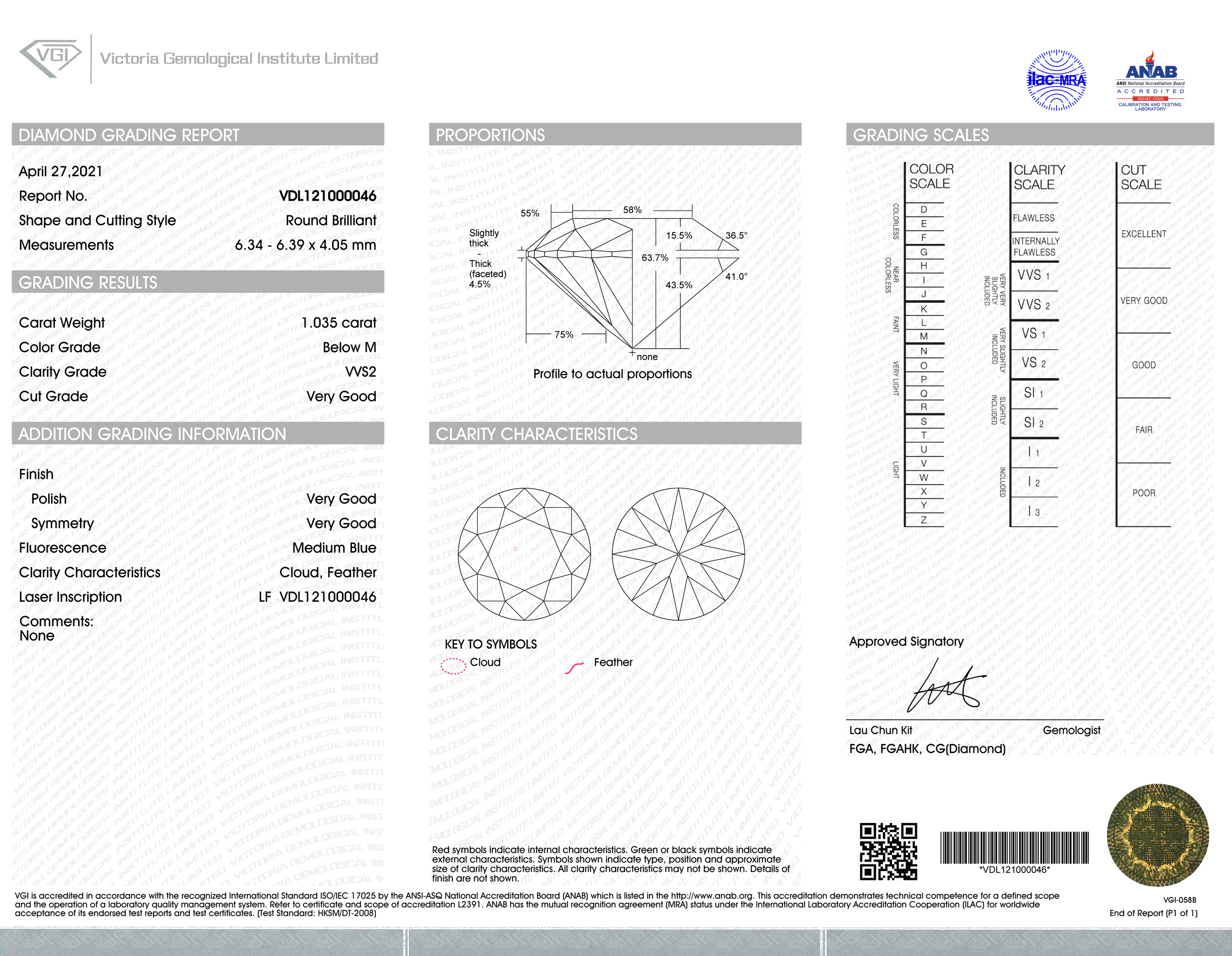What is a natural diamond?
Do you know the origin of natural diamonds? Natural diamonds were formed around 160 kilometers deep below the Earth’s surface. Each natural diamond is made of carbon. Carbon crystallises under high temperature and pressure in the Earth’s mantle over time to form the hardest natural material – natural diamonds. The first natural diamond was discovered in an Indian cave 4,000 years ago. But these natural diamonds we see today have formed between one to three billion years ago. The natural traces and inclusions of diamonds are like little capsules of time that tell the story of the formation of the earth and are the jewels of the planet.
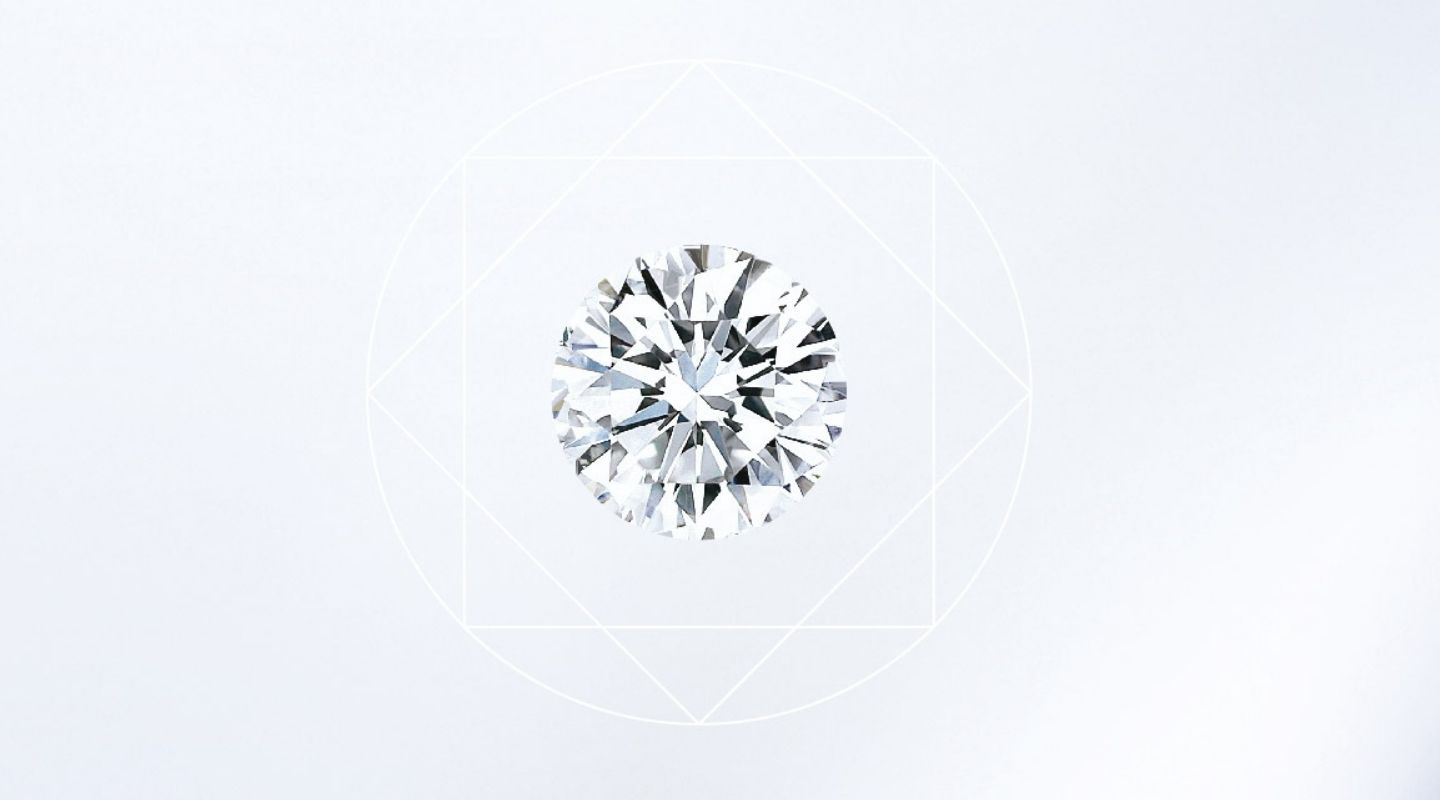
What are the advantages of natural diamonds? Why are they so rare?
Natural diamonds are a natural product that takes billions of years to form and a non-renewable natural resource. Natural diamond mining reached its peak in 2005 and its production has been declining ever since. As natural diamonds grow rarer, they become increasingly more valuable. Each natural diamond is unique. As a rare and the hardest natural material, natural diamonds have long been a symbol of lifelong commitment between lovers. After cutting and polishing, natural diamonds can sparkle with stunning brilliance, making them perfect for diamond rings, pendants, bangles and other delightful accessories that make the wearers shine brightly. A natural diamond can be invaluable and last forever, making it worthwhile for collection and investment.
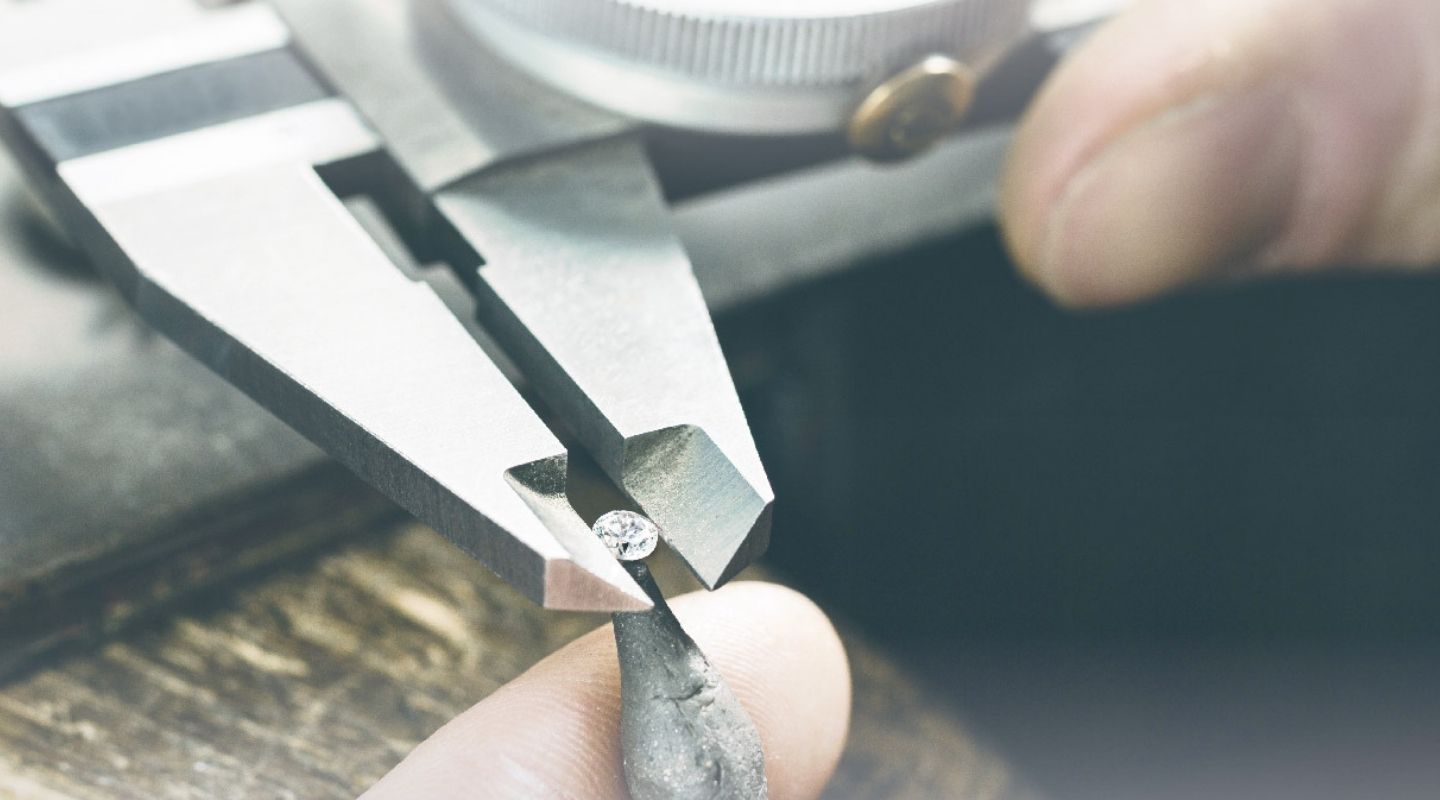
Does the diamond’s origin matter? Are South African diamonds the best?
South Africa is probably the best-known source of diamonds. But are South African diamonds really of better quality? The answer is not necessarily. In fact, South Africa is not the only source of diamonds. Diamonds can be exploited from all continents, including Africa, South America, North America, Australia, Europe, and Asia. Among them, Africa produces more gem-quality diamonds than other continents. As many of the world’s largest diamonds have been found in South Africa, South Africa has become the most well-known origin of diamonds. Nevertheless, diamond’s geographic origin does not affect the quality of the diamond, and diamond quality depends on the 4Cs. Lukfook Jewellery has introduced the “5C standard”, which is more stringent than the 4C standard so that consumers can purchase natural diamonds with confidence and peace of mind.
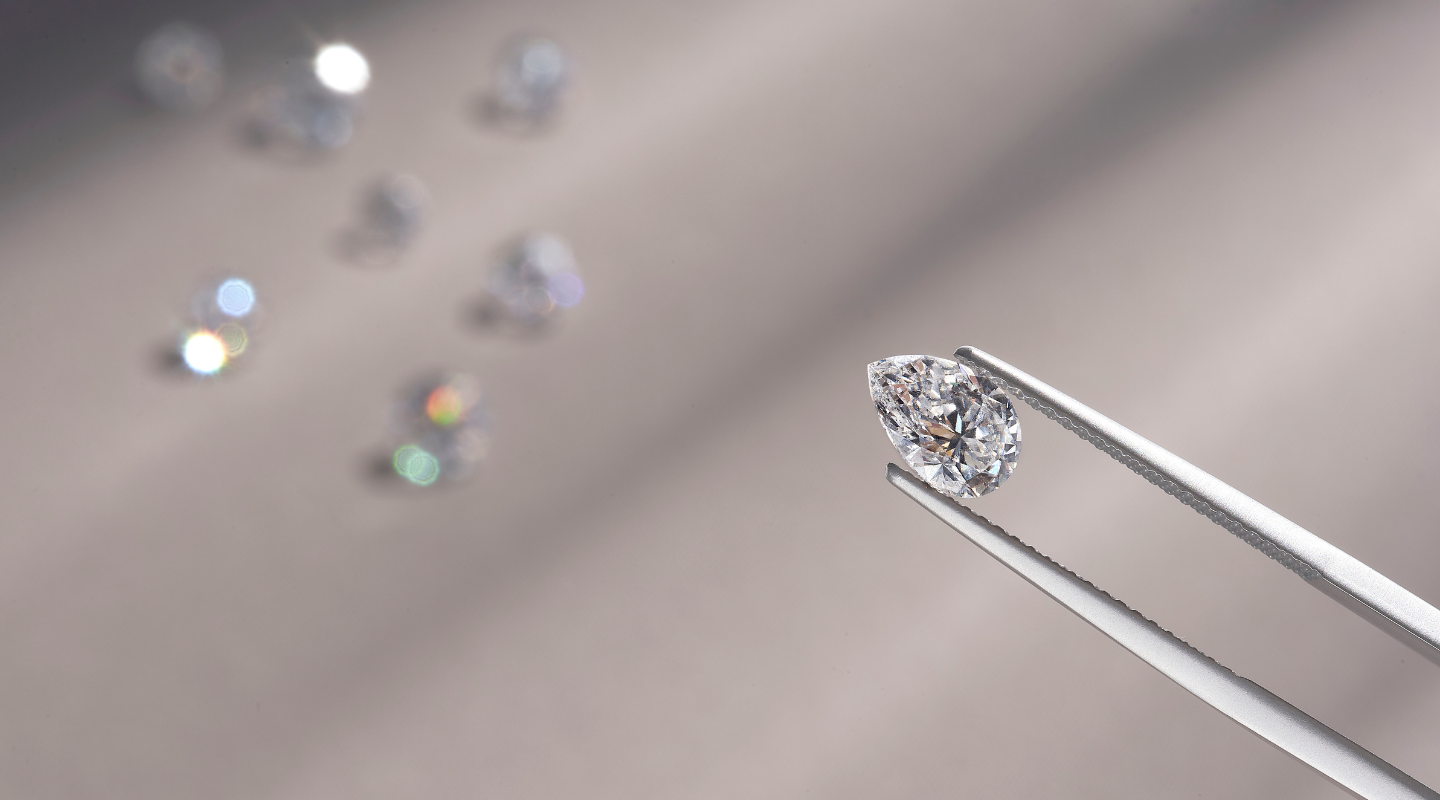
The Five C’s of Natural Diamonds
 |
|
Carat Weight: Carat is the unit of weight for natural diamonds. The word carat is derived from the carob seed. As these small seeds are fairly uniform in size and weight, they were used as counterweights in balance scales in early gem trading before the metric carat became a universally accepted unit of measurement. 1 carat is equal to 0.2 grams. 1-carat and larger natural diamonds are becoming increasingly rare as their supply continues to decrease and no significant new deposits have been discovered in recent decades. |
 |
|
Color: A natural diamond’s color grade is usually used to measure the degree of colorlessness of the stone. Most natural diamonds appear colorless to average consumers, but actually, they have slight hints of yellow or brown. The closer the diamond is to colorless, the rarer and more valuable it is. Colorless natural diamonds are graded on a color scale that ranges from D (colorless) to Z (brown or yellow). |
 |
|
Clarity: Natural diamonds formed deep within the Earth often contain natural marks like inclusions. These common marks are usually caused by the inclusion of non-carbon elements or disruptions when the diamonds were formed deep in the Earth under extreme heat and pressure. Diamond clarity is a measure of the purity of the stone. The clarity grade ranges from Flawless to VVS, VS, SI and I. Natural diamonds without any inclusions are extremely rare and will be deemed “flawless” on most grading systems. These rare natural diamonds are some of the most precious and valuable gemstones in the world. |
 |
|
Cut: The cut of a natural diamond determines how well the stone’s facets interact with light and hence affects how brilliant the stone appears. The cut grading system assesses the diamond’s appearance, including its brightness, fire and scintillation, which influences the way how the diamond reflects light, disperses the light into colors and delivers brilliant sparkle. To maximize the natural diamond’s beauty, the diamond cut also requires artistry and precision. Therefore, cut grading is also based on the assessment of craftsmanship. The symmetry of the diamond’s facet arrangement, polish, and proportions are of great importance. |
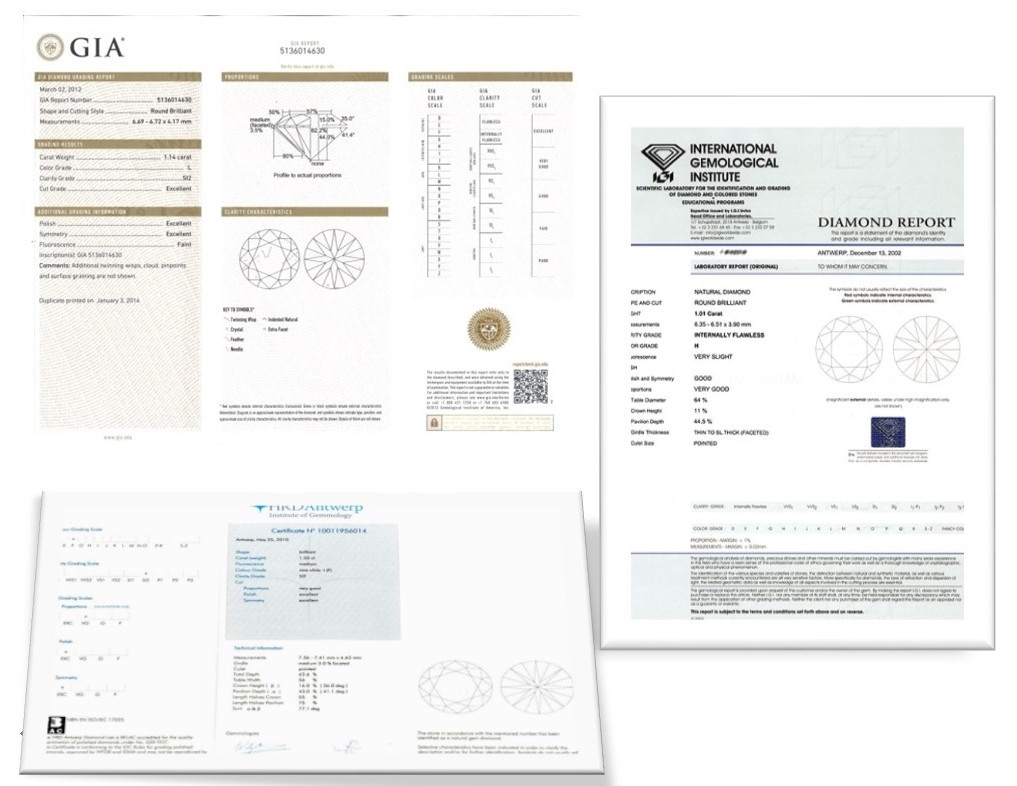
|
|
Certification: Internationally recognised certificates issued by GIA, IGI, HRD and GTC in Mainland China, etc. can serve as a reference for diamond grading to enhance your confidence. Victoria Gemological Institute Limited, a subsidiary of Lukfook Group, is the only jewellery retailer’s laboratory in Hong Kong that obtains ISO 17025 accreditation in both jadeite jade testing and diamond testing and grading, and is competent to conduct diamond testing and grading. Lukfook Jewellery only provides the diamond products made of natural diamonds that have been graded, making a perfect choice for your precious natural diamond jewellery. |
Discover more diamond jewellery from Lukfook Jewellery: Love is Beauty Collection, DiaPure Collection, Wedding Collection, Hexicon Collection, Dear Q Collection, and Love Forever Collection









